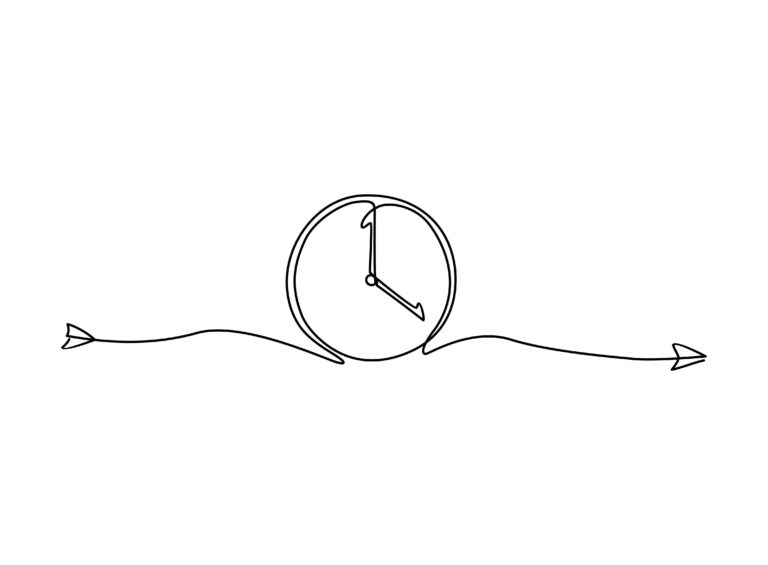Managing Environmental Triggers for Dementia Behaviors
Dementia affects many people worldwide, causing changes in memory, thinking, and behavior. One of the challenges caregivers face is managing difficult behaviors that come with dementia. These behaviors can include agitation, aggression, wandering, or anxiety. Often, these behaviors are not random but are triggered by things in the person’s environment. Understanding and managing these environmental triggers can help reduce distress for both the person with dementia and their caregivers.
**What Are Environmental Triggers?**
Environmental triggers are aspects of a person’s surroundings that can cause or worsen behavioral symptoms in dementia. These might be loud noises, too much activity around them, unfamiliar places or people, changes in routine, or even physical discomfort like hunger or pain[3][4]. For example:
– A sudden change in daily routine may confuse someone with dementia and lead to agitation.
– Overstimulation from noisy environments or crowded rooms can increase anxiety.
– Seeing certain objects like coats near a door might trigger wandering behavior as the person tries to leave[5].
**Why Do These Triggers Affect People With Dementia?**
Dementia causes changes in the brain areas responsible for emotions and behavior control. This makes it harder for individuals to process what is happening around them calmly[3][4]. When faced with confusing or overwhelming stimuli from their environment, they may react with frustration or fear.
**How Can Caregivers Manage Environmental Triggers?**
Managing these triggers involves creating a calm and predictable environment tailored to the needs of the person living with dementia:
– **Keep routines consistent:** Try to maintain regular schedules for meals, activities, and rest times so there are fewer surprises.
– **Reduce noise and clutter:** Minimize background noise such as TV volume or multiple conversations happening at once. Keep spaces tidy to avoid confusion.
– **Use familiar objects:** Surrounding a loved one with items they recognize can provide comfort and reduce anxiety.
– **Limit overstimulation:** Avoid busy places when possible; if outings are necessary choose quieter times.
– **Watch for signs of discomfort:** Hunger, thirst,pain,and needing bathroom breaks often cause agitation but may not be easily communicated by someone with dementia[3].
**Person-Centered Care Is Key**
Every individual’s experience of dementia is unique. Tailoring care based on personal history helps reduce distress—for instance using reminiscence therapy where familiar memories are gently brought up through photos or music[3]. This approach respects their identity while easing behavioral symptoms.
**Non-Medication Approaches Work Best First**
While medications sometimes help manage severe symptoms caused by brain changes themselves,[4] non-drug strategies focusing on environmental adjustments should always come first because they address root causes without side effects.
In summary: By understanding how surroundings affect behavior in people living with dementia—and making thoughtful adjustments—caregivers can greatly improve quality of life while reducing challenging behaviors linked to environmental triggers.





